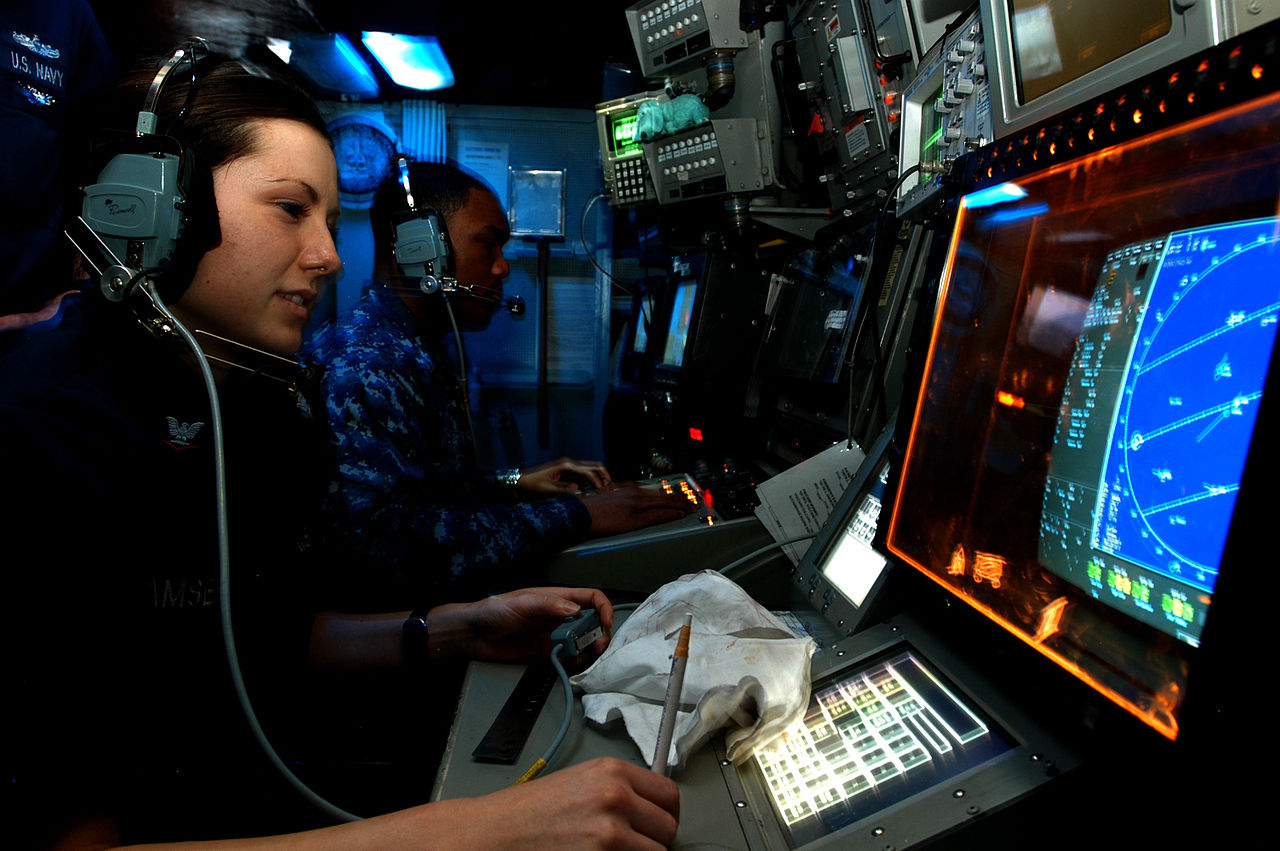
The global community has reached a ground-breaking decision earlier this week, agreeing to grant international satellites the right to track flights and avert future disappearances such as that of flight MH370 back in March 2014.
Representatives from 160 world nations congregated at the World Radiocommunication Conference (WRC), held earlier this week by the UN’s International Telecommunication Union, to collaborate on improving the current civilian flight-track techniques; current systems rely on ground-based radars.
“In reaching this agreement… ITU has responded in record time to the expectations of the global community on the major issue concerning global flight tracking,” said Houlin Zhao, the organization’s secretary general.
The tragic disappearance of Malaysia Airlines flight (MH370) carrying 239 people from Kuala Lumpur to Beijing served as a grim reminder that it’s time to move on from contemporary ground-based radar tracking to something more exemplary of the 21st century technology, an act which will require coordinated international effort the organization said.
Contemporary ground-based radar technology is finicky, fading when the aircraft is at sea or flying below a certain altitude.
Francois Rancy, director of the ITU Radiocommunication, proposed that a frequency band previously used to transmit signals from aircraft to terrestrial stations should now be enabled to send transmissions from aircraft to satellites. Doing so will enable “real-time tracking of aircrafts anywhere in the world.”
Rancy states that a new system will be in place by 2017 as most planes already possess the necessary equipment.
Other topics being discussed at the conference include whether to use existing satellites to provide coordinates to civilian drones, and whether to change the way radio spectrum is used by existing technologies in order to free up bandwidth for emerging 5G mobile networks. The latter could prove too formidable to arrive at a consensus on by November 27 when the conference concludes.
Source: Phys.org
Advertisement
Learn more about Electronic Products Magazine





